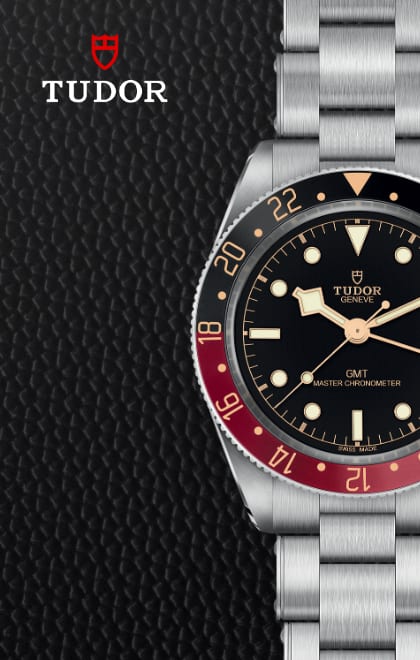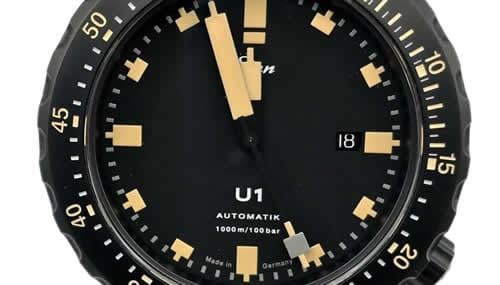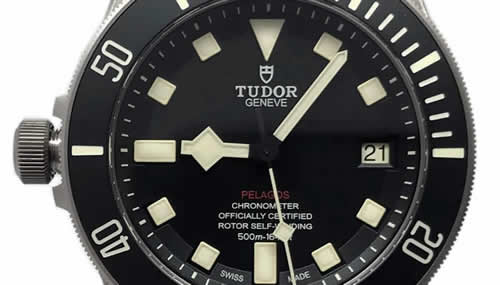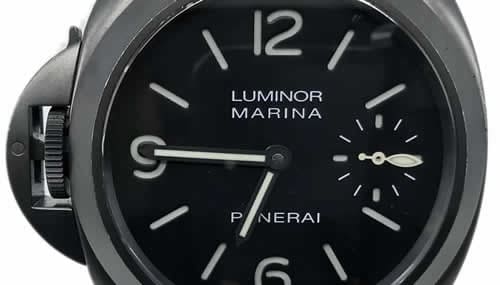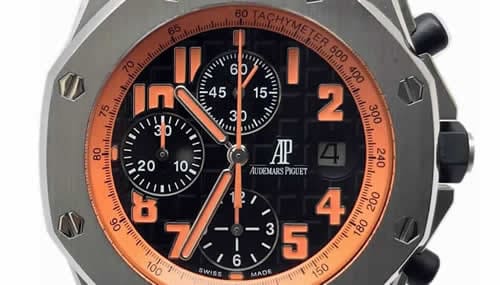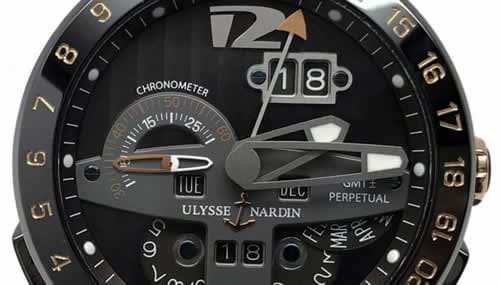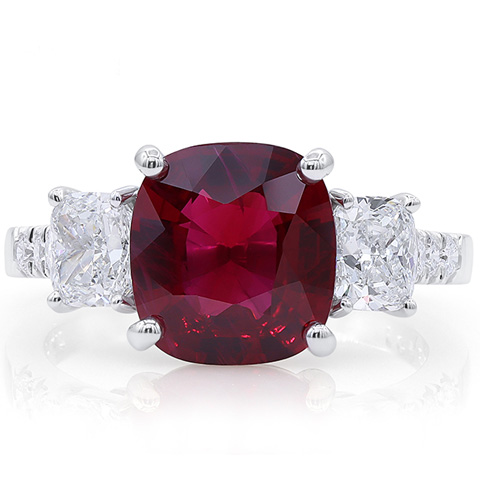
Back to Basics: What Even Is a Quartz Watch Anyways?
Like American politics, watchmaking runs on a two-party system. Mechanical and quartz. Those are the only two domains—if you ignore the little third parties like tuning fork watches. Unlike the two-party system, however, it’s easy to appreciate and admire both sides of this wide and wonderful world.
Here at Exquisite Timepieces, we love mechanical watches. They’re hard not to love, actually. Mechanical microengineering coupled with tradition makes for some seriously beautiful works of art.
But all too often, us watch nerds overlook the humbler side of things: quartz. Quartz is usually cheaper, and mass-produced. Yet it offers precision on a level that absolutely blows any mechanical watch out of the water, for a ridiculously cheap price. It’s hard to argue with that!
But where does this technology come from? How do quartz watches manage to be so cheap and yet so precise? How did they come to dominate almost all of the watch market globally—a whopping 96%? No matter whether you’re a seasoned watch collector or just taking your first steps into this deep world, read on for the answers to these questions and more!
History of Quartz Watches
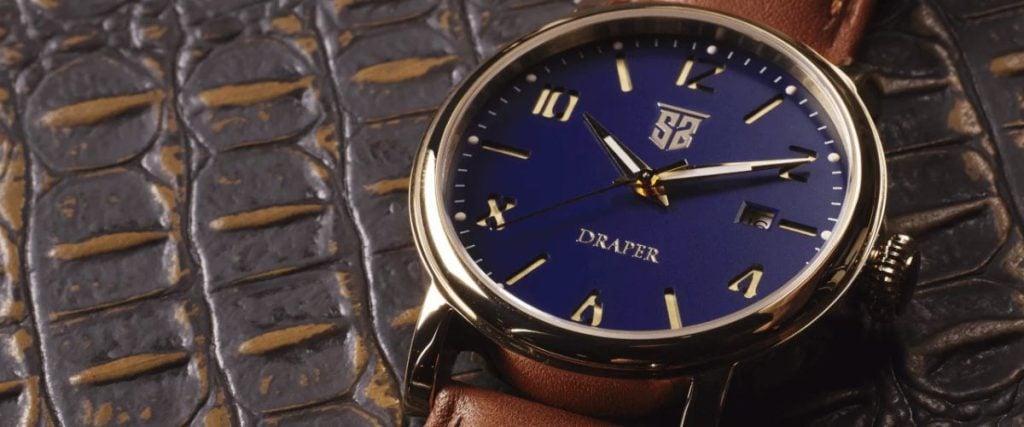
If we want to understand what a quartz watch is today, it’s important to talk about where it has come from. Or at least, so my history teachers insisted all throughout my years in school. Regardless, their past is interesting (not just to history teachers, I promise!) and I think it’s well worth a good overview.
Quartz technology has been used in timekeeping for a long time—specifically, just under a century at the time of writing this! It was first used in clocks in 1927, thanks to the brilliant mind of Warren Marrison, who was working at the time at Bell Telephone Labs.
Now I want to save a real analysis of how it works for the next section, but, for now, it’ll suffice to say that the lab discovered that quartz has some very interesting properties related to electricity, which we’ll cover later. Consider that a little teaser for what’s to come.
At the time, the equipment for quartz timekeeping was large and bulky, but it totally shook things up in the world of horology. All of a sudden, you have something that’s not mechanical at all, which is how things had been made for centuries before, and is suddenly far more accurate than even the finest hand-made mechanical clock.
That’s pretty game-changing. Even the way people think about time itself is called into question. Suddenly, the way we measure time is so precise that the most accurate quartz clocks are able to tell us almost the exact time at any given moment. No more deviation of a few seconds per day—time is now something we have full control over.
Philosophical meanderings aside, it was the well-known Japanese brand Seiko that really pushed quartz technology further from where Bell Labs left off. The technology in these quartz clocks was large and unwieldy. Shrinking it down to wristwatch size was at the time completely out of the question.
And yet, around 30 years later, Seiko began working on a quartz movement powered by a smaller 1.5V battery. Previously, their research had already led them to produce their own quartz crystals using a special process with hydrofluoric acid and a photolithography technique.
Essentially, photolithography involves creating patterns on a surface by using light. A photosensitive material is applied to a certain area, and then, when it is exposed to light in a certain pattern, a chemical reaction takes place in those areas. Notably, it’s used in making integrated circuits and silicon chips in computing today.
This technology and innovation enabled Seiko to make great leaps and bounds forward in shrinking down quartz technology beyond what anyone would have thought possible when it was first introduced.
In 1963, they created the Crystal Chronometer, a table clock that ran on a quartz movement. No more need for a tall longcase clock for quartz accuracy—now it was available to anyone in a small space in your house or on your desk.
They didn’t stop there. Just three years later, in 1966 and 1967, Seiko brought the first quartz pocket watches onto the market. Now, precision was wearable in your pocket. But wristwatches were the prevailing fashion of the day, so Seiko’s work wasn’t complete.
Then, on Christmas Day, 1969, it happened. The first quartz wristwatch was put up for sale. Precision on your wrist, down to the last second. The Seiko Quartz Astron 35SQ came into the world, an elegant watch with a large cushion case, and, most importantly of all, a fully quartz movement. It would completely change the notion of what a wristwatch can be forever.
At this point, the Swiss industry was kinda freaking out. Switzerland was already associated with the finest mechanical watches, and precision was a pretty big deal for them. Many factories also mass-produced more affordable mechanical movements.
Quartz absolutely demolished the Swiss pursuit of mechanical precision and quickly outcompeted mass-produced mechanical movements, which were far more expensive to make than quartz and, of course, less accurate.
For a while now, the Swiss had been trying to get on board with quartz. In 1962, the Centre Électronique Horloger (or, roughly, “Electronic Watchmaking Center,” abbreviated CEH) was formed by 20 Swiss brands, including Omega and Patek Philippe.
If you don’t know those two names, the takeaway there is that they weren’t messing around. In 1966, they created their first prototype, the Beta-1, and the Beta-2 quickly followed in 1967.
Ultimately, the first Swiss mass-produced quartz movement would be the Beta-21, released April 10, 1970, by the CEH. 6,000 were initially made, and more followed. Member brands of the CEH put this movement to quick use, and Swiss watches by brands like the aforementioned Patek Philippe featuring a Beta-21 movement remain highly collectible today.
Despite the Swiss efforts, the introduction of quartz had a tremendously destabilizing effect on the industry. Many brands started to go under, unable to compete with the cheaper quartz markets flooding the industry.
The demand for fine watchmaking plummeted as people snapped up the latest technology, which was more affordable anyway. Because of this, the 1970s were what’s known as the “Quartz Crisis,” a time of tremendous upheaval for the industry that left Switzerland in particular much the worse for wear and companies like Seiko on top of the market.
Nowadays, if you look up the most well-known watch brands, you’ll find that they’re owned by the Swatch Group. (I promise, this is related—stick with me.) Omega, Breguet, Longines, Blancpain: these pillars of mechanical watchmaking are associated with a brand that made colorful quartz watches, Swatch.
At last, we begin to see the connection. In many ways, it was Swatch that saved the Swiss industry. In the face of Seiko’s dominance of the quartz market, they introduced their first wave of affordable quartz watches in 1983.
They were colorful, trendy, eye-catching, and reestablished Swiss watchmaking as a force to be reckoned with. Swatch was able to buy many of these other brands that were at risk of collapsing and kept them afloat.
Things stabilized. The crisis slowly faded. And with time, mechanical watchmaking took back an important place in the world of horology. Yet because of these changes, today’s watchmaking world certainly looks very different from what it did just 50 years ago.
How Does a Quartz Watch Work?
Still with me? Great! Here, we’re going to get into that long-awaited analysis of how quartz watches actually function. Remember how I mentioned the significance of quartz’s special electric properties?
As it turns out, if you squeeze a quartz crystal under a lot of pressure, it actually creates a small electrical current. That’s called piezoelectricity, in case you’re the type of person who collects big fancy words. By the same token, if you run an electrical current through a quartz crystal, something equally interesting happens: it vibrates.
If you know how a mechanical watch works, you probably know that it “beats” several times per second, usually four or five. This is due to the rotation of the balance wheel, which trips the escapement four to five times per second and thereby releases the gear train to advance.
Typically, the more times the balance wheel beats per second, the more accurate the watch is, as any errors in one beat are much more averaged out. Here’s the kicker. When you run current through a quartz oscillator, it vibrates at a stunning rate of 32,768 beats per second, or 215.
That’s the heart of any quartz watch, and it sure is an accurate one. With that many oscillations per second, it’s little wonder that quartz watches manage to be so accurate. The rest of the circuitry is designed to measure the oscillations and then trigger the movement of a small stepper motor once every 32,768 vibrations, or once a second.
Since the motor doesn’t provide as much torque as a mechanical movement does, most quartz watches feature thin, lightweight hands that won’t be a drain on the battery. The battery, of course, powers all the circuitry and the current that runs through the quartz crystal. Unlike mechanical watches, which need to be serviced every five years, a quartz movement will need a battery change every few years and, for the most part, requires no other external attention.
Explore the
Biggest Pre-Owned Collection of Luxury Watches
Eventually, it’ll break down and die, while a mechanical movement will last forever if it’s kept well-serviced. But then again, it’s a matter of a few moments and a few dollars to pop another entirely new quartz movement in the watch in the old one’s place.
Quartz Watches Today
Today, quartz watches are everywhere. Take a walk around any mall or major department store, and you’re sure to find a few for sale for less than your extra-special Starbucks order. But they’re not just limited to the lowest tiers of watchmaking. Some of the highest-end brands have made them a specialty, most notably, Grand Seiko and their 9F quartz movement.
Leave it to Seiko, of course, to continue pioneering in the field of quartz: their 9F features specially grown quartz crystals and even a regulation process and extra torque so you can use large mechanical-style hands. F.P. Journe, one of the most famous independent brands, has made its quartz Élégante a staple of its collections, and it remains one of the most sought-after watches on the market to this day.
Lastly, Seiko’s Astron collection, which started it all, is continuing to pioneer quartz in different ways. Modern Astrons automatically connect to GPS satellites to get the time with extreme precision, no matter where you are in the world, and will automatically correct themselves if you cross timezones.
Conclusion
Like it or not, quartz technology is here to stay, and it’s just going to keep getting better. As such, I humbly suggest that you embrace it wholeheartedly. Yes, even you, the seasoned mechanical watch collector in the back.
With such staggering precision and affordability, it’s little wonder that quartz watches can be found everywhere you look, from Walmart to claw machines, adorned with every imaginable case and dial from a sturdy G-Shock to your favorite lovable cartoon character.
But quartz is about more than just being cheap and making for some great character watches. It’s the future of watchmaking, and it’s already here now. It’s not for nothing that the modern Seiko Astron was one of the first watches I fell in love with, even after I discovered mechanical watchmaking.
Quartz and mechanics are yin and yang, perfect complements that make the world of watchmaking all the more wide and wonderful. What’s not to love about that?
About Exquisite Timepieces
Established in 1998, Exquisite Timepieces is your one-stop shop for all things luxury watches! We are an authorized dealer for 60+ luxury watch brands including Omega, Hublot, Seiko, & Longines! We are proud to showcase one of the world’s largest pre-owned watch collections, including renowned brands like Rolex and Patek Philippe. Check out our brand new watch arrivals here and popular pre-owned listings here.


